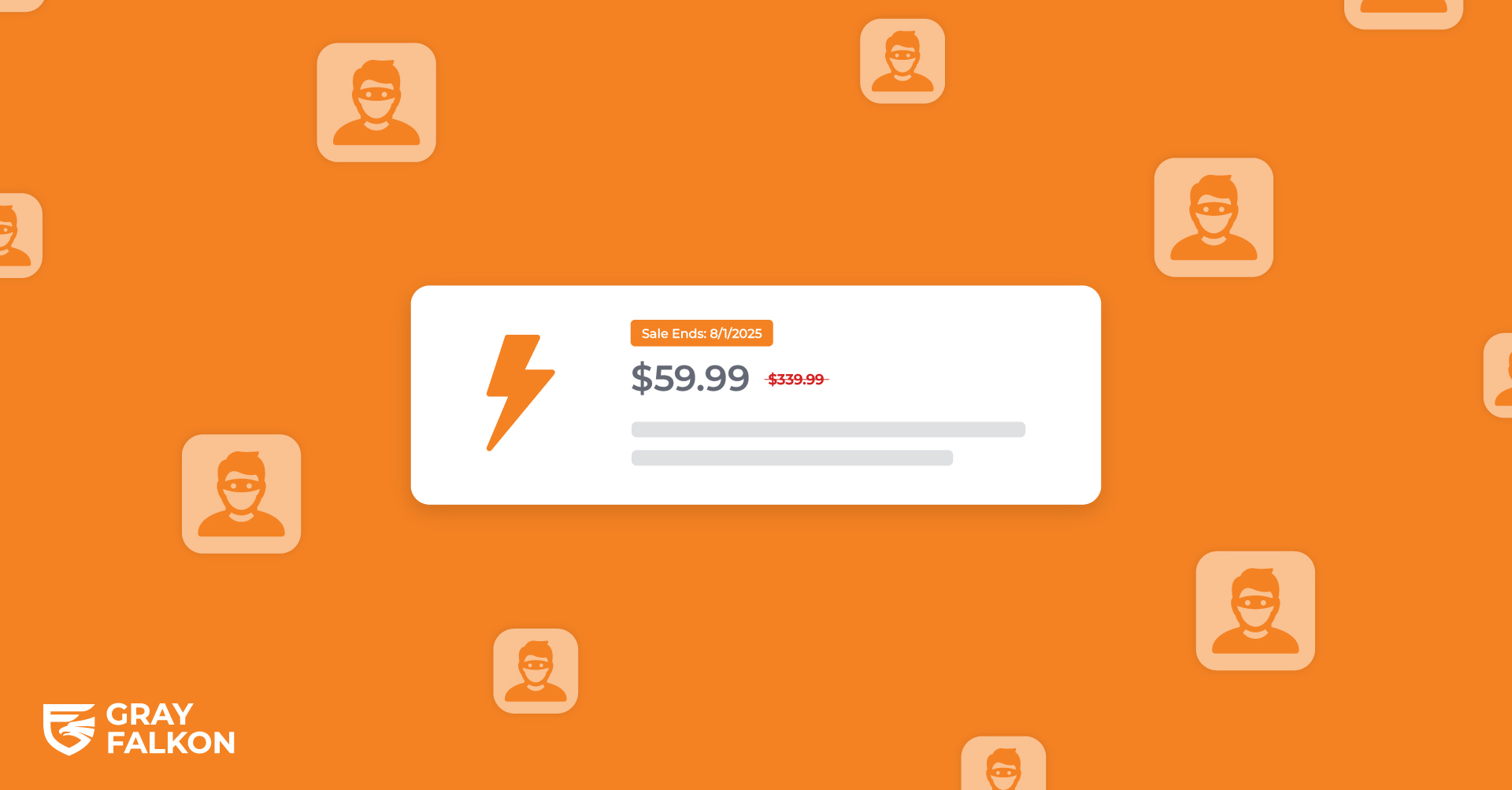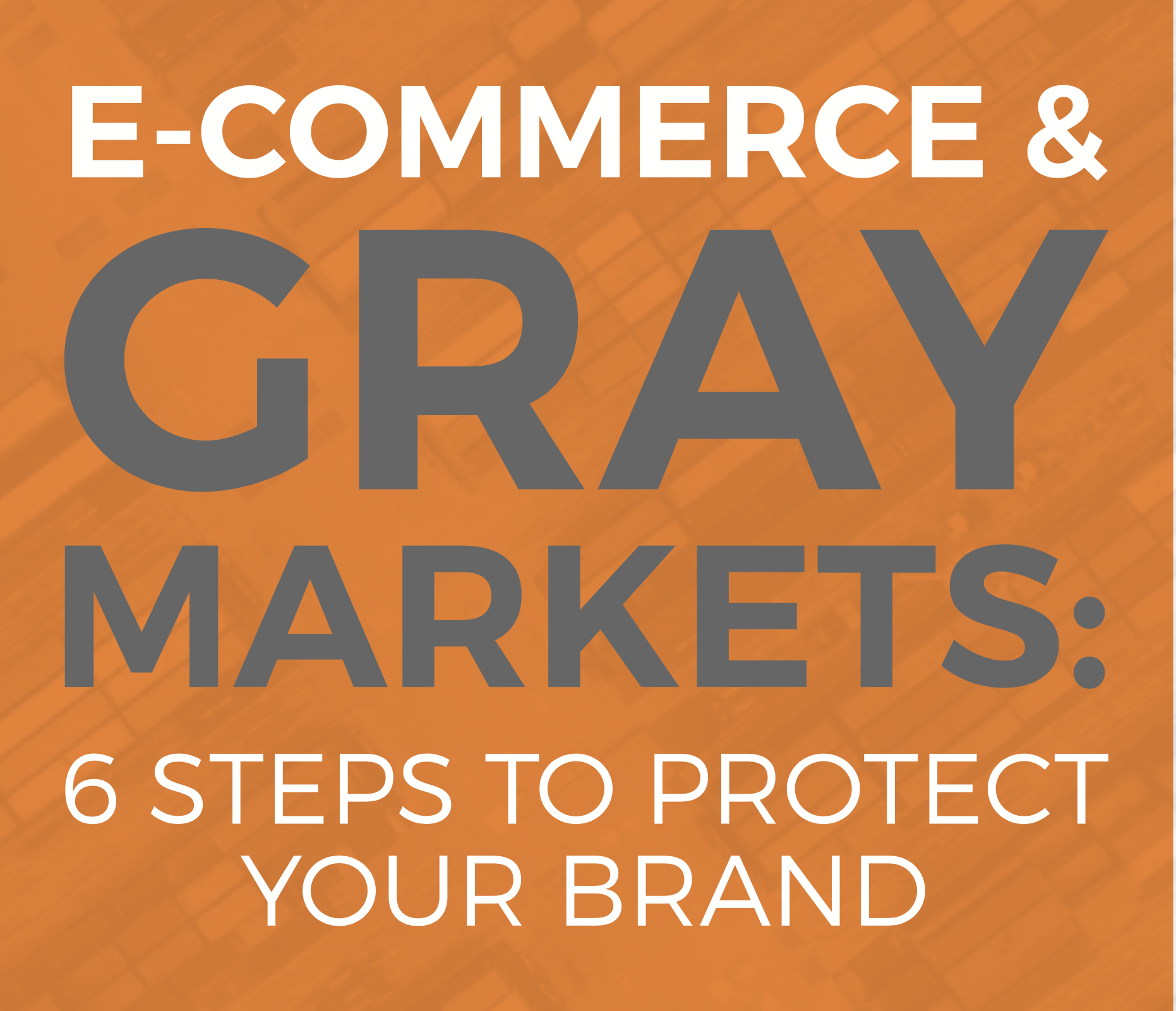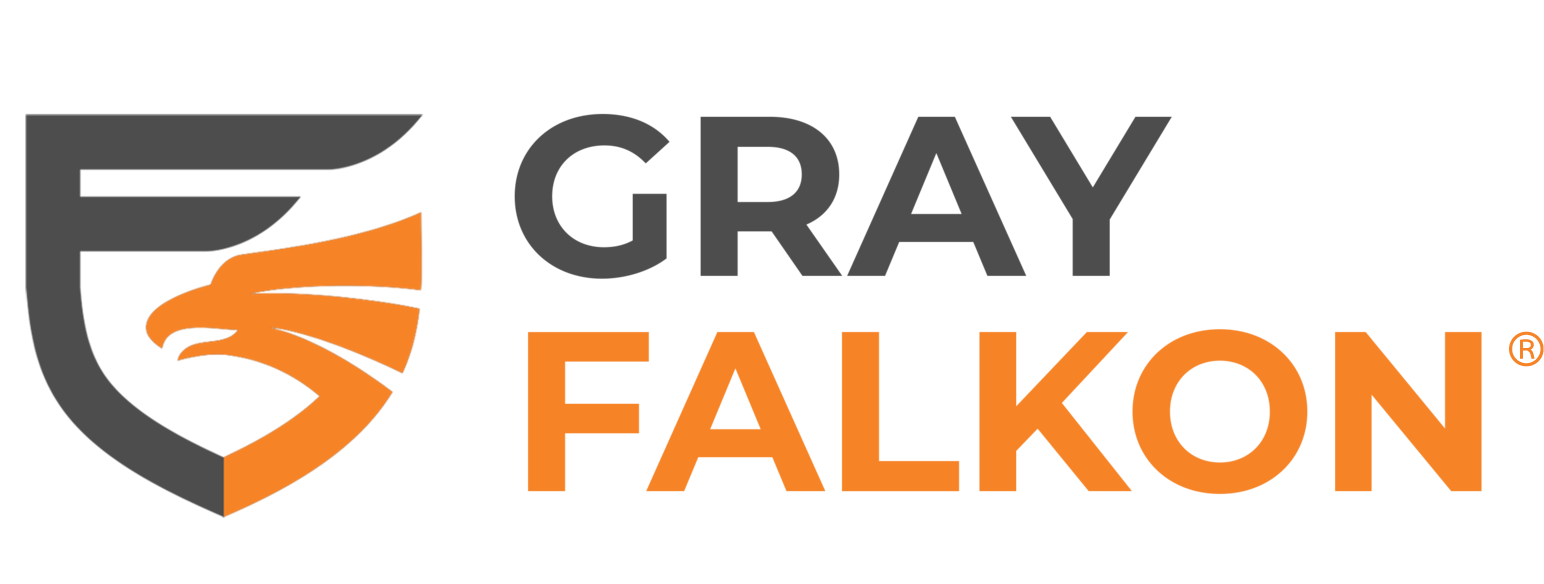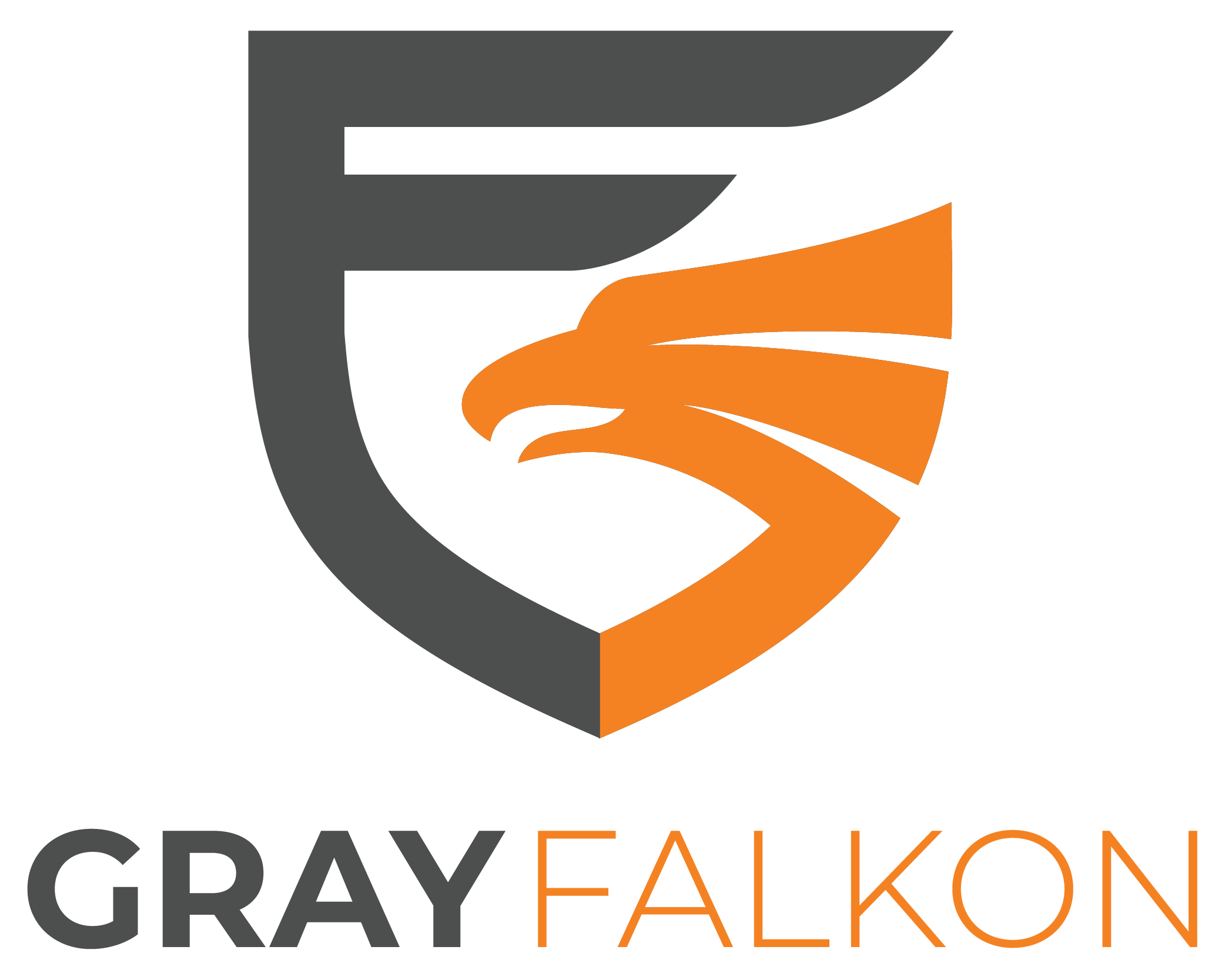
Amazon Prime Day 2025 just wrapped up, and for many brands, it marked one of the biggest sales opportunities of the year. But while the numbers may look strong on the surface, there’s often another story unfolding behind the scenes – one that brands can’t afford to ignore.
Major marketplace promotions like Prime Day, Black Friday, and Lightning Deals bring a surge in traffic, visibility, and sales. But that same surge also acts as a beacon for unauthorized sellers, who see high-traffic listings as a prime opportunity to attach themselves to your ASINs. Whether they’re looking to make a quick sale, undercut your pricing, or take advantage of your advertising spend, these sellers can derail even the most carefully planned campaign.
The challenge? Most brands focus on marketing and logistics in the lead-up to big events, but neglect proactive protection. And by the time violations are visible, the damage is already done.
Let’s explore how these promotional windows unintentionally open the door to unauthorized sellers and why every brand needs a protection strategy built for high-stakes events.
The Unintended Consequences of Marketplace Promotions
When brands plan marketplace promotions, whether it’s a Lightning Deal, Prime Day feature, or a sitewide discount during Cyber Week, they’re often focused on visibility and conversion. But what many fail to consider is how these high-traffic events can also attract unwanted attention from unauthorized sellers.
Promotions boost listing visibility, often driving significant external traffic through ads and social campaigns. That surge in exposure makes your listings more discoverable, not just to customers, but to opportunistic resellers looking for listings with momentum.
Unauthorized sellers often target promoted listings for three key reasons:
- Sales Velocity: High-volume listings make it easier to blend in, sell quickly, and go unnoticed.
- Price Anchoring: When a brand drops its price for a short period, it sets a temporary pricing benchmark that unauthorized sellers may attempt to match or undercut after the event ends.
- Retail Arbitrage Opportunities: Arbitrage sellers watching for discounts (in-store or online) may try to source inventory during your promotion and relist it at a markup once the deal ends.
In some cases, a brand’s own promotional efforts can inadvertently signal to unauthorized sellers that a product is worth jumping on, creating exactly the kind of disruption that brand protection is meant to prevent.
Why Unauthorized Sellers Target Your Promotions
Promotional events on Amazon aren’t just magnets for customers – they’re signals to unauthorized sellers that your brand is about to drive serious traffic. These sellers know they don’t need to build a reputation, run ads, or even win the Featured Offer (formerly Buy Box) to profit. All they need is visibility, and your promotion gives them exactly that.
Many of these sellers use Fulfillment by Amazon (FBA) to their advantage. By leveraging Amazon’s infrastructure, they can appear as legitimate as your authorized resellers, shipping quickly and qualifying for Prime even if their inventory was sourced through gray market channels, returns, or even arbitrage. The strategy is simple but effective:
- List just before the event begins, when you’re too focused on final prep to notice a new seller attaching to your ASINs.
- Undercut pricing, either slightly to win the Featured Offer or subtly enough to go undetected while still capturing sales.
- Disappear once the spike in demand ends, leaving your team with the mess: suppressed listings, confused customers, or disrupted sales data.
What makes these sellers particularly frustrating is how invisible they can be to standard monitoring tools. If they don’t win the Featured Offer or cause an obvious pricing disruption, they often go unnoticed, especially on ASINs that aren’t part of your daily manual checks.
The result? Your promotional dollars are diluted, and the impact of your campaign can be quietly undercut before you even know what happened.
Common Scenarios During High-Traffic Events
When sales volume surges, so do violations. Unauthorized sellers capitalize on the chaos of major events, often in ways that slip past internal teams until the damage is done. Here are some of the most common tactics they use:
Disrupting the Featured Offer (Buy Box) Mid-Promotion
Unauthorized sellers frequently undercut pricing to win the Featured Offer at the peak of traffic. This not only reroutes sales to someone outside your control, but it can trigger price suppression penalties from Amazon or confuse consumers who receive inconsistent products or customer service.
Flooding Listings with Diverted or Generic Inventory
Some sellers use these events to offload noncompliant inventory, including overstock, diverted goods, or returned units. These products may technically be your brand, but they weren’t meant to be resold. The result is a flood of inventory that looks legitimate but introduces quality and consistency risks.
Piggybacking on External Marketing
Promotional campaigns often extend beyond Amazon: TikTok ads, influencer shoutouts, email campaigns, and Google Ads all drive traffic to your listings. Unauthorized sellers know this. By attaching themselves to your ASINs, they benefit from your traffic without lifting a finger or spending a dollar.
Triggering Marketplace Enforcement
Some sellers price aggressively to the point of violating Amazon’s Marketplace Fair Pricing Policy, which can result in Featured Offer suppression. When this happens, customers no longer see your product’s “Add to Cart” button, only “See All Buying Options.” This shift adds friction to the buying process and can severely impact conversions, all during your biggest revenue windows.
These scenarios aren’t rare, they’re recurring patterns. And unless you’re actively monitoring, you may only notice them once it’s too late.
Why Timing Matters for Brand Protection
Brand protection isn’t just about how you respond, it’s about when you respond. And during high-velocity events like Prime Day or Black Friday, every hour counts. Once your promotion goes live, the window to stop unauthorized sellers narrows fast. In many cases, violators set up shop right before a major event. If you don’t have monitoring systems already in place, their presence might not be caught until your sales, margins, or listings have already been compromised.
Enforcement Delays Can Cost You
Even when violations are spotted, marketplaces don’t remove sellers immediately. Amazon reviews take time, and by the time action is taken, the promotional window may have passed. The result? Lost Featured Offer control, suppressed listings, negative customer reviews, and long-term erosion of customer trust.
Last-Minute Monitoring Isn’t Enough
Relying on manual checks or periodic audits is not realistic during a multi-day event where prices fluctuate rapidly and ASINs attract dozens of new sellers. Traditional enforcement strategies simply can’t effectively keep pace with real-time threats.
Prevention Is More Effective Than Cleanup
The most effective brand protection strategies start days or even weeks before your promotion goes live. Identifying common violators, clearing up existing unauthorized sellers, and setting automated monitoring in place allows your brand to go into each event with confidence and control.
To protect your brand, timing isn’t just important, it’s everything.
How Gray Falkon Protects Your Brand Before, During, and After Promotions
Gray Falkon is built for the pace and complexity of marketplace promotions. From the moment your campaign is planned to long after the event ends, our solution helps ensure your listings remain protected, your brand stays in control, and your investment delivers results.
Real-Time AI Monitoring
Before your promotion even begins, Gray Falkon’s AI-driven solution continuously scans your entire catalog across Amazon and other major marketplaces. Unlike other monitoring tools, we track all unauthorized sellers, whether or not they’re featured, giving you full visibility into who’s attaching to your listings. This includes:
- Early detection of new or unknown sellers showing activity ahead of your campaign.
- 24/7 monitoring across both top-performing and lower-priority ASINs to eliminate blind spots.
- Tracking seller patterns to flag risky behavior before it becomes a problem.
Automated Enforcement at Scale
Detection is only half the battle. Once an issue is spotted, our automated solution generates and submits marketplace-compliant violation reports. That means faster takedowns, consistent documentation, and more time for your internal teams to focus on growing the brand, not policing it.
During high-stakes events like Prime Day or Cyber Week, this speed and scale are critical. Gray Falkon doesn’t just react, we respond immediately, minimizing revenue loss and buyer confusion.
Seller Pattern Recognition and Preemptive Action
Many unauthorized sellers are repeat offenders who rotate accounts, switch ASINs, and fly under the radar. Gray Falkon identifies these patterns across your catalog, so you can:
Take proactive action on known violators before a promotion starts.
Monitor the full scope of their behavior across ASINs and even across platforms.
Escalate with confidence, backed by a clear history of violations.
Cross-Platform Coverage
Unauthorized sellers don’t limit themselves to one platform, and neither should your protection. Gray Falkon extends your enforcement reach beyond Amazon to Walmart, eBay, and Mercado Libre. So even if a seller attempts to migrate to avoid detection during your campaign, we’re already there to intercept and act.
Marketplace Brand Protection Portal
Visibility into seller behavior and platform-specific results is incredibly important, especially during high-stakes sales events. That’s why Gray Falkon provides Full Deployment clients with access to our Marketplace Brand Protection Portal, a dashboard suite that turns data into decision-making. Key dashboards include:
- Overview Dashboard: A high-level snapshot of your brand protection efforts across marketplaces and regions, including metrics on sellers removed, listings removed, and suppressed sales volumes.
- Products Dashboard: See which ASINs are most affected, how many unauthorized sellers have targeted them, and when.
- Sellers Dashboard: Monitor seller behavior over time, including repeat appearances and shifting inventory strategies.
With Gray Falkon, you go into every promotion equipped with more than just hope, you go in with data, automation, and a strategy built for today’s dynamic eCommerce environment.
Make Protection Part of Your Promotion Strategy
Promotions like the recent Prime Day 2025 are powerful growth drivers, but they also shine a spotlight on your brand for opportunistic sellers. When visibility surges, so does vulnerability. Without the right protection in place, a well-planned promotion can quickly unravel. Unauthorized sellers can disrupt the Featured Offer, dilute your customer experience, and even trigger policy violations that derail your momentum. And often, by the time your team notices, the damage is already done. That’s why brand protection isn’t something to layer on after the fact, it needs to be part of your promotion strategy from the start.
At Gray Falkon, we help brands enforce at scale with AI-powered monitoring, automated reporting, and cross-platform visibility. Whether you’re preparing for your next big event or running always-on campaigns, our solution gives you the control you need to protect your brand’s integrity and maximize results.
Schedule a demo and start protecting your brand before, during, and after major sales events.



